The natural world is full of surprises, with rare and fascinating creatures sometimes found in the most unexpected places. From deep ocean trenches to remote rainforests, these animals have managed to remain hidden from scientists for years. Their discovery not only adds to our understanding of biodiversity but also reminds us of how much there is still to explore. Some of these species were thought to be extinct, while others had simply never been spotted before. Each new find is a testament to the resilience and adaptability of life on Earth. Here are 19 rare animals that have been discovered in some of the most surprising locations around the globe.
Icefish in Antarctica
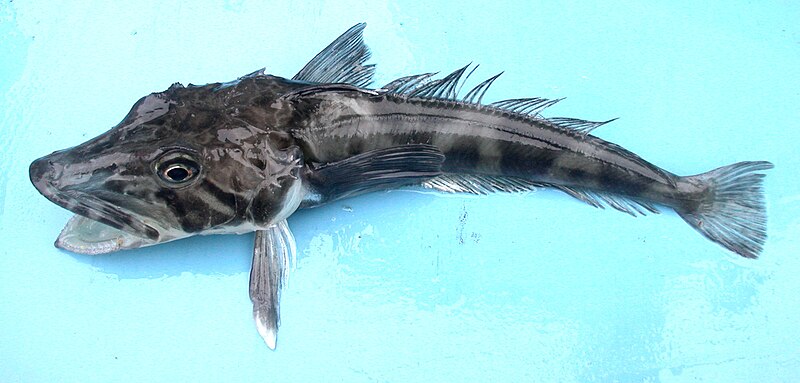
Discovered in the icy waters of Antarctica, the icefish is one of the rarest cold-water creatures on the planet. Its transparent blood is a biological marvel, allowing it to survive in sub-zero temperatures. Scientists were shocked to find such an intricate life form in the harsh Antarctic environment. Icefish lack hemoglobin, a feature that puzzled researchers. They thrive where few other fish can, under thick layers of ice. The presence of icefish in the Southern Ocean also provides insights into evolutionary adaptations. Their discovery has reshaped our understanding of life in extreme cold environments.
Pink Iguana in the Galápagos Islands
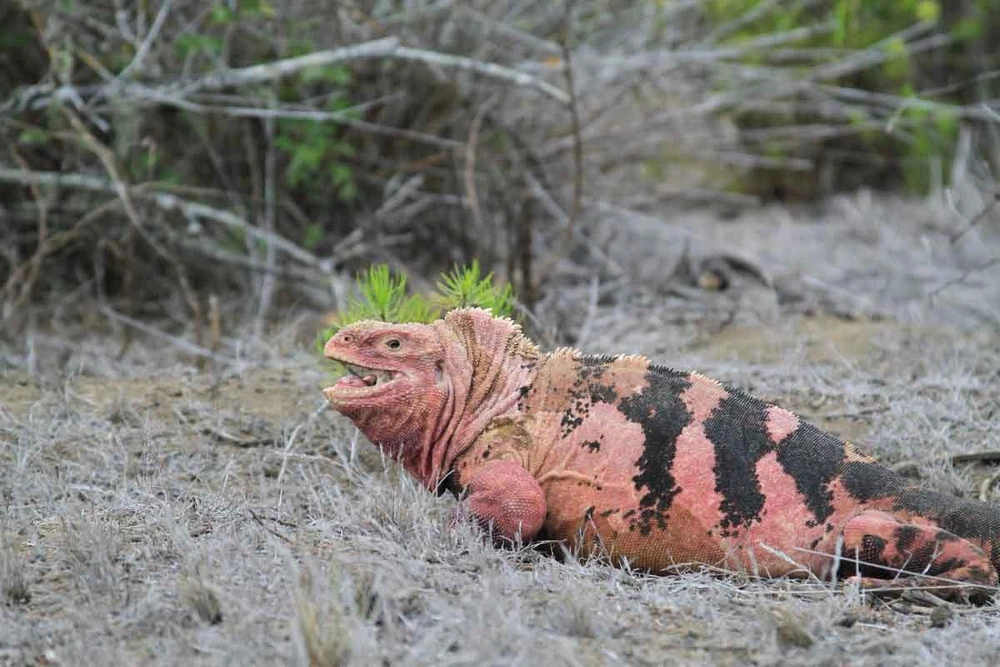
A vibrant species of iguana was discovered on Isabela Island in the Galápagos in 1986. The pink iguana, with its striking pink scales, had managed to evade discovery for decades. Researchers were astonished by the distinct coloring of this reptile. Despite being found on such a well-explored island, the iguana remained a mystery for centuries. Its habitat, nestled on the slopes of Wolf Volcano, is difficult to access, explaining its late discovery. Conservationists now work hard to protect this incredibly rare species. It highlights how much there is still to learn about even famous ecosystems.
Saola in Vietnam
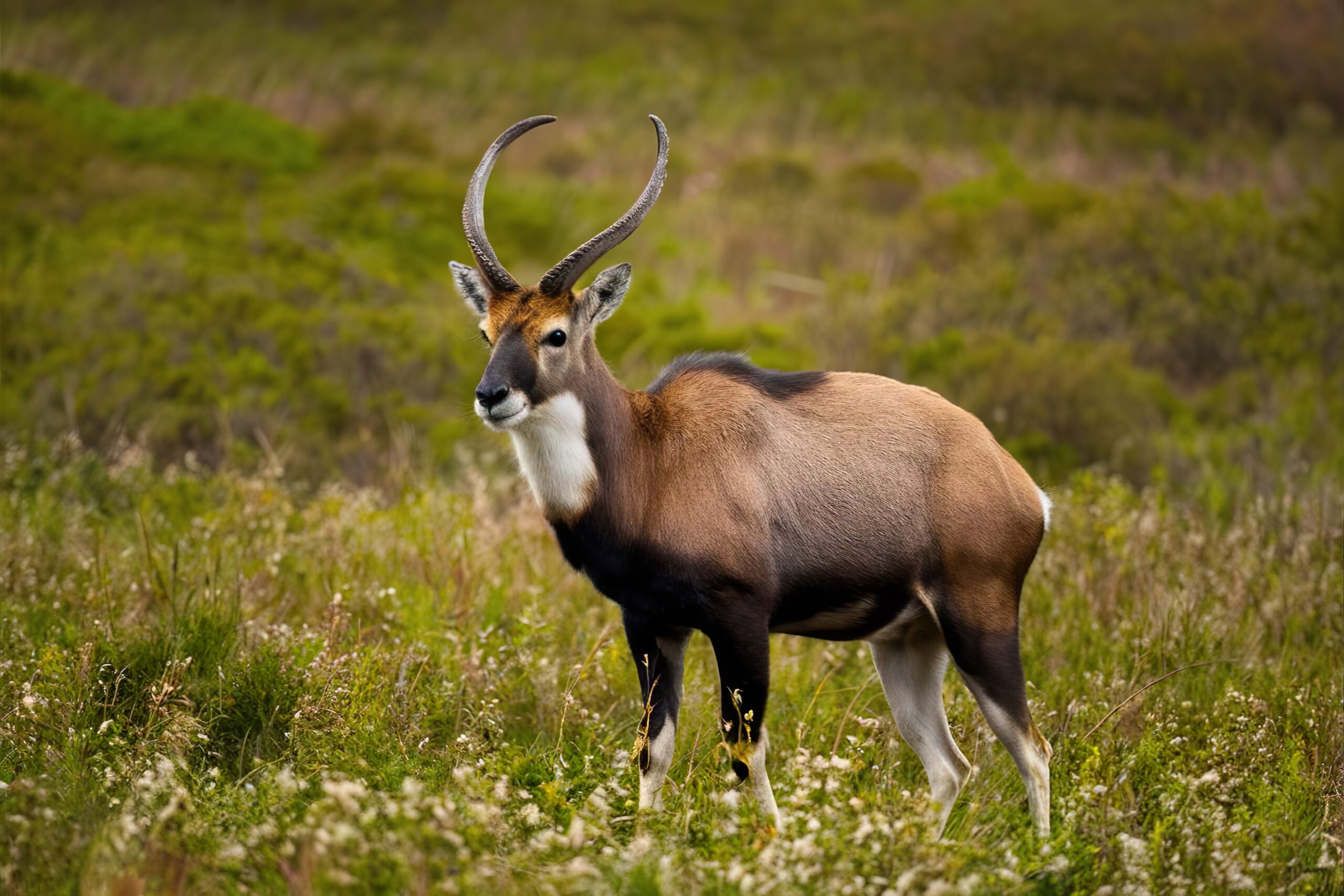
The saola, often referred to as the “Asian unicorn,” was first discovered in the Annamite Mountains of Vietnam in 1992. This elusive animal remained hidden from science for centuries, only revealed after the collection of bones by locals. Despite resembling a small antelope, it has no close relatives, making it unique. Saolas live in dense forests, which helped them avoid detection. Their numbers are critically low, making conservation efforts urgent. To this day, spotting one in the wild remains nearly impossible. This rare find emphasized the importance of conserving Southeast Asia’s biodiversity.
Giant Squid in Japan
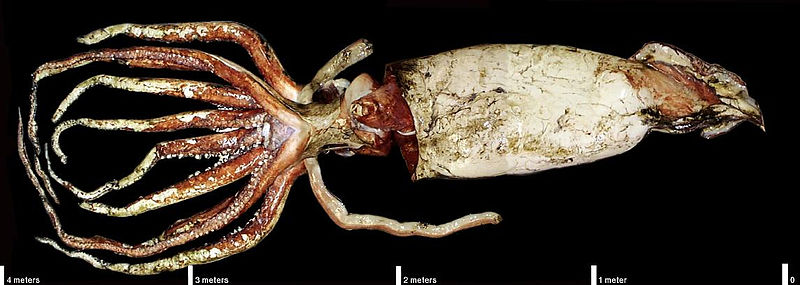
Deep beneath the waters of Japan, the giant squid was finally captured on camera in 2004. Although legends of sea monsters have long been told, proof of the giant squid had been elusive. This massive creature, with tentacles stretching up to 43 feet, shocked marine biologists. The discovery allowed scientists to study one of the ocean’s most mysterious predators. They inhabit the deep sea, rarely venturing near the surface. This rare footage marked the first time the giant squid’s behavior could be observed. It’s a reminder of the vast unknown lurking in Earth’s oceans.
Yeti Crab in the Southern Ocean
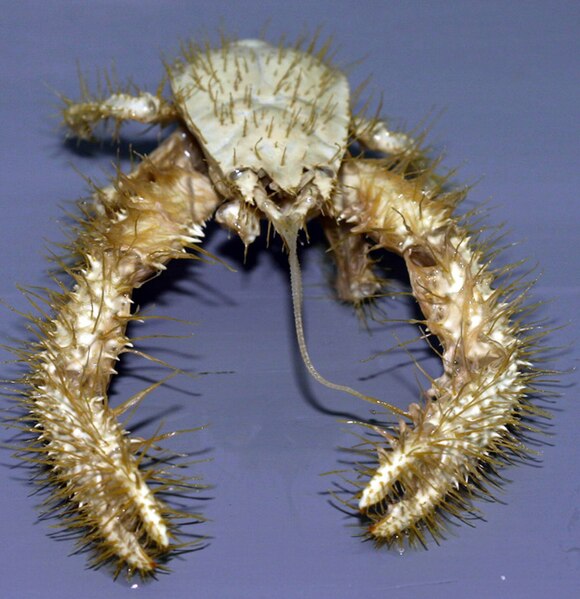
A peculiar crab, covered in what looks like fur, was discovered near hydrothermal vents in the Southern Ocean in 2005. This strange crustacean, known as the yeti crab, thrives in an environment devoid of sunlight. Its long, hairy pincers are thought to help it filter bacteria for sustenance. Living at depths of over 7,000 feet, it was a surprise to researchers studying volcanic activity. The harsh conditions of its habitat are not conducive to most life forms. Nevertheless, the yeti crab flourishes in this unexpected location. Its discovery has broadened our understanding of deep-sea ecosystems.
Fanged Frog in Indonesia
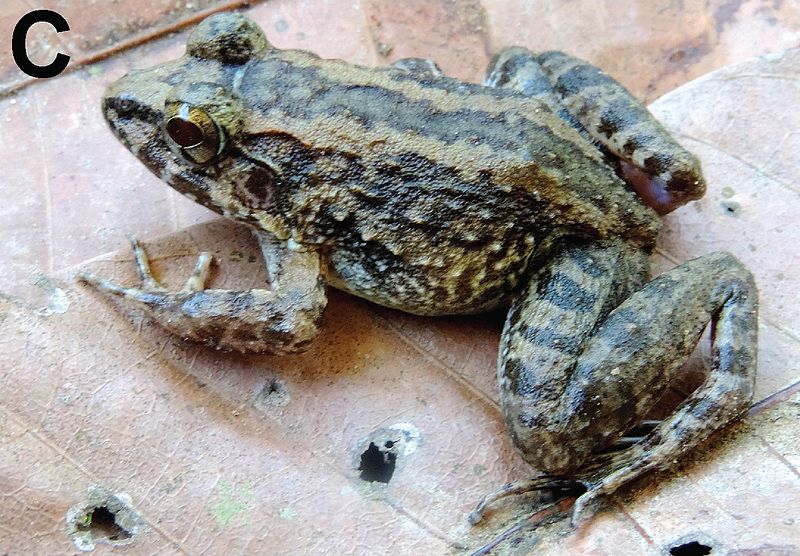
In 2008, a fanged frog species was found in the rainforests of Sulawesi, Indonesia. The frog, with its sharp teeth, startled herpetologists who never expected such an amphibian feature. The fanged frog uses these teeth to compete for mates, a behavior that is uncommon in its relatives. Its discovery highlighted the incredible biodiversity in Indonesia’s remote areas. The dense, tropical landscape had kept this species hidden for years. Since then, biologists have been keen to uncover more about its breeding and feeding habits. This rare find proves there are still surprises in familiar environments.
Tapanuli Orangutan in Sumatra
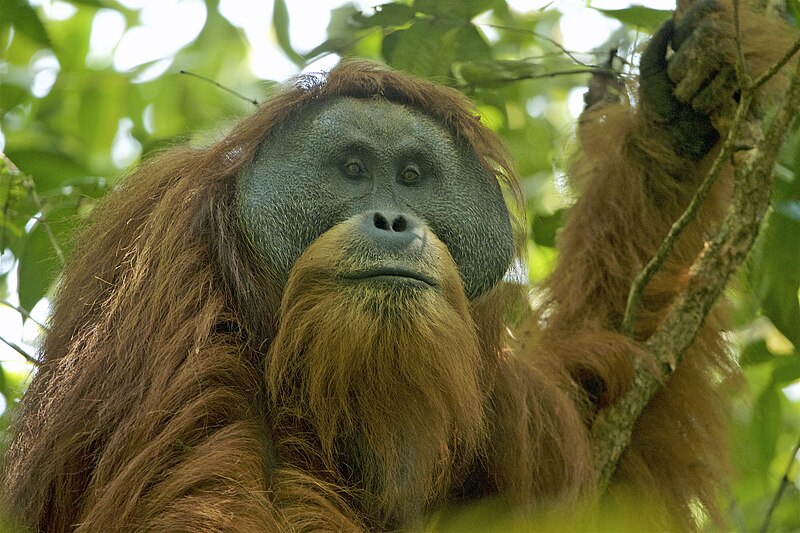
Only recognized as a distinct species in 2017, the Tapanuli orangutan lives in the Batang Toru forest of Sumatra. It was initially thought to be part of the Sumatran orangutan population. Genetic testing, however, revealed it to be a unique species. Conservationists were stunned by this revelation, as the population of Tapanuli orangutans is fewer than 800 individuals. Their discovery underscores the importance of preserving rainforests before species are lost forever. These orangutans are threatened by deforestation, and their small range makes them highly vulnerable. Protecting them has become a top priority for conservationists.
Bald Uakari in the Amazon Rainforest

Deep in the Amazon rainforest, the bald uakari was found swinging through the treetops. This primate, with its striking red face and hairless head, seemed straight out of fiction. It thrives in remote, flooded forests, making its discovery challenging. The bald uakari’s odd appearance helps it stand out among other primates. Scientists believe its red face is a sign of good health, used in mate selection. However, deforestation threatens its fragile habitat. Conservation efforts are underway to protect the regions where these rare monkeys are found.
Devil’s Hole Pupfish in Nevada
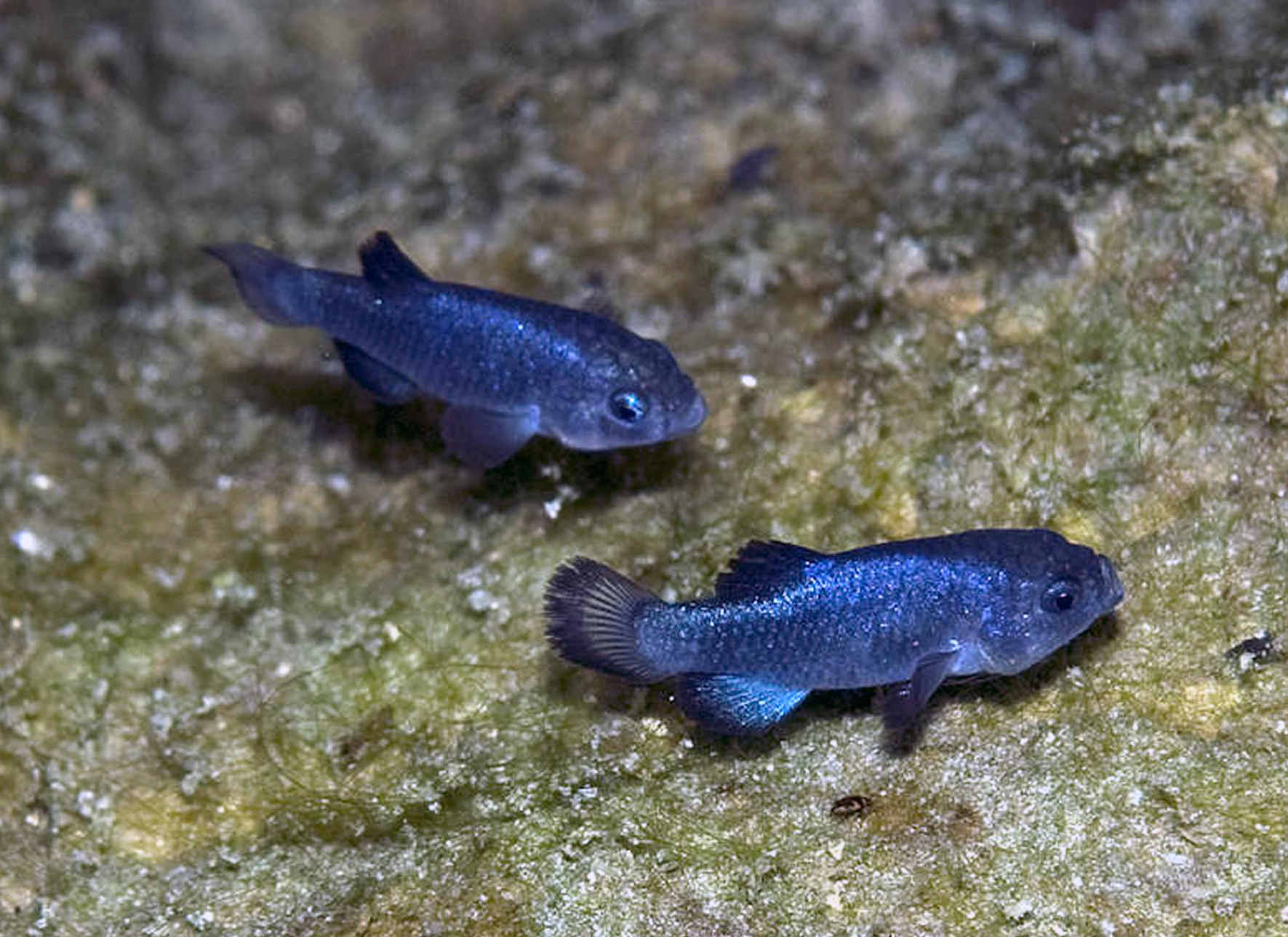
This small, critically endangered fish lives in a single water-filled cavern in Nevada called Devil’s Hole. The pupfish’s entire known habitat is only a few square meters in size, making it one of the most restricted living spaces of any species. The location’s extreme isolation helped the fish go unnoticed for centuries. Researchers were amazed by how the pupfish has adapted to such a harsh, nutrient-poor environment. It is a species on the brink of extinction, with less than 200 individuals in existence. Conservationists now work tirelessly to protect this unique habitat. Its story is a testament to life’s resilience in the most unexpected places.
Cave Angel Fish in Thailand
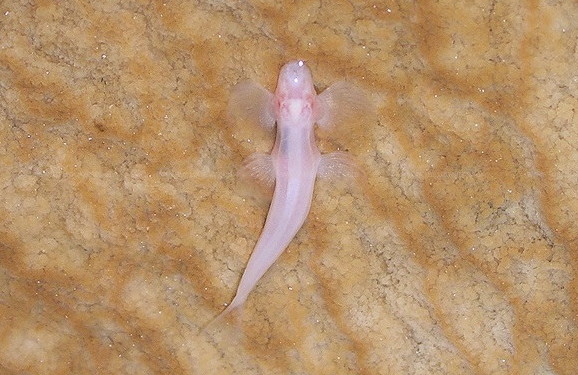
The cave angel fish, discovered in a submerged cave in northern Thailand, exhibits an astonishing adaptation. It “walks” on the floor of the cave using its fins, which act like legs. This unusual behavior was first documented by divers in 2016. It’s a rare example of a fish that has evolved to navigate rocky cave systems in the dark. Biologists were fascinated by this unique locomotion technique. The discovery has provided insights into how animals adapt to extreme, isolated environments. This fish remains one of the most peculiar discoveries in recent aquatic research.
Clouded Leopard in Taiwan
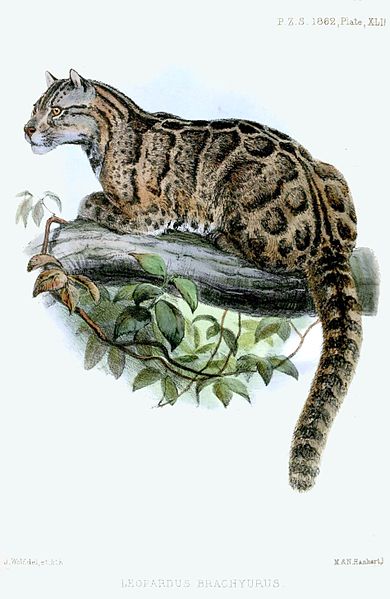
For years, it was thought that the Formosan clouded leopard had gone extinct. In 2019, however, local rangers reported sightings of the elusive big cat in Taiwan’s dense forests. These claims have yet to be verified with photographic evidence, but the potential rediscovery has sparked global interest. The clouded leopard, with its striking fur and climbing abilities, is well adapted to forest life. Its reappearance would be a triumph for conservation efforts. Experts are now deploying more field cameras to capture proof. This rare feline may be making a quiet comeback in its natural habitat.
Northern Bald Ibis in Europe
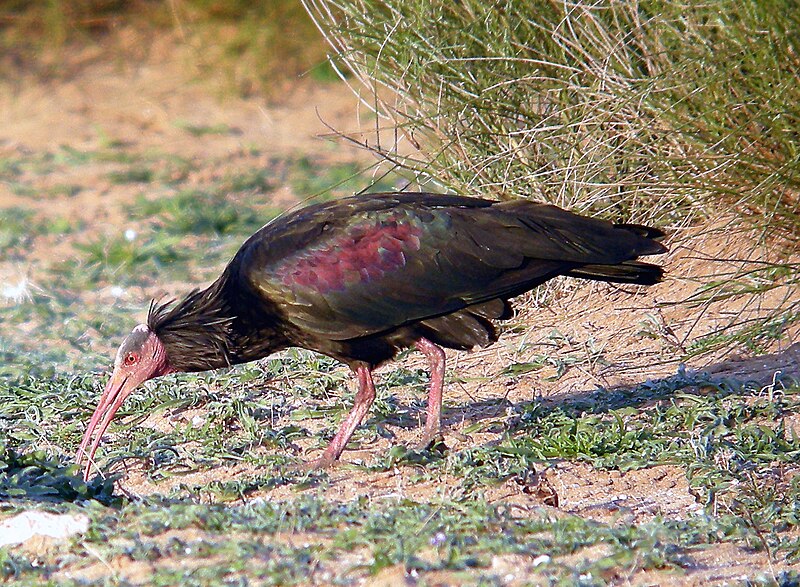
The northern bald ibis, a bird long thought extinct in Europe, was rediscovered in 2002. Conservationists were surprised to find a small, surviving population along the cliffs of Syria. This bird, with its bald head and curved beak, has a distinctive appearance. It once thrived across Europe, but habitat loss led to its decline. Today, reintroduction efforts are underway in parts of Spain and Austria. Researchers track the ibises using GPS technology to study their migration routes. The unexpected discovery of the northern bald ibis serves as a reminder that species can sometimes return from the brink of extinction.
Madagascar Blind Snake in Madagascar
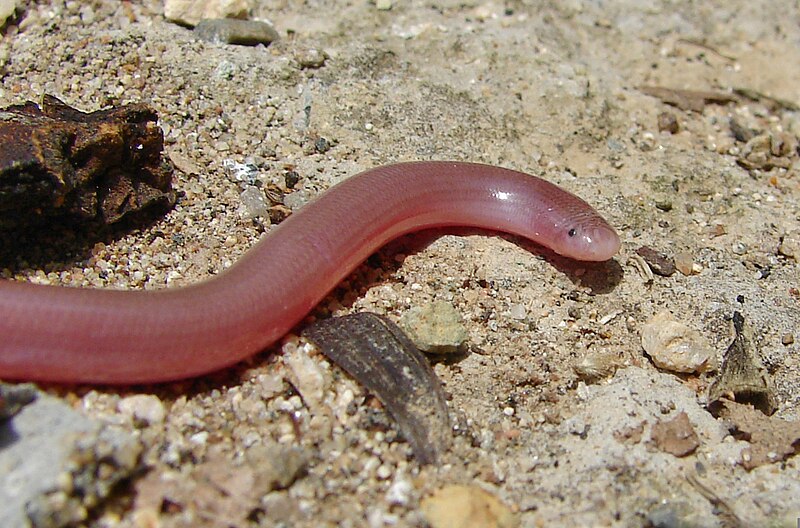
In the remote forests of Madagascar, researchers discovered a species of blind snake in 2019. This tiny, elusive reptile burrows deep into the forest floor, making it difficult to find. Its lack of eyes is an adaptation to life underground. Despite its blindness, the snake thrives in Madagascar’s unique ecosystem. The discovery of this snake came as a surprise to herpetologists, who were conducting unrelated research at the time. Its existence adds another layer to Madagascar’s already rich biodiversity. Conservationists are now studying its role in the ecosystem to ensure its preservation.
Laotian Rock Rat in Laos
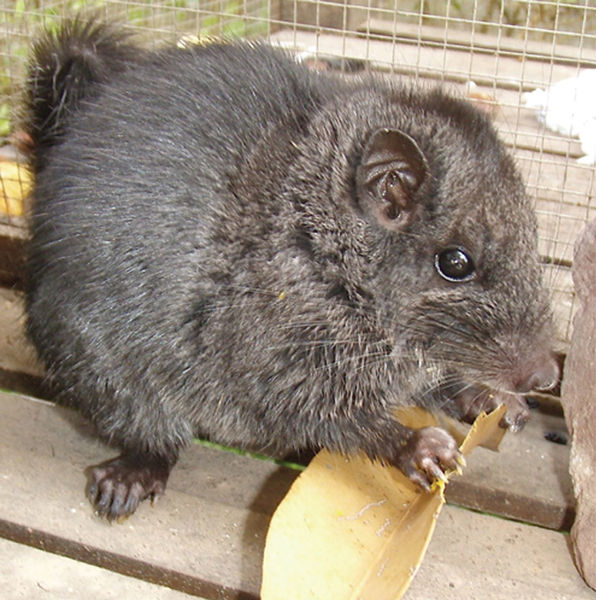
The Laotian rock rat, believed to have gone extinct millions of years ago, was rediscovered in 2005 in a local market. Scientists were stunned when they realized this “living fossil” still roamed the rocky forests of Laos. Its rodent-like features are similar to ancient mammals, and it is part of a lineage thought to be long extinct. The rediscovery sparked a new wave of interest in fossil species that may still survive in remote areas. Laotian rock rats live in crevices and are rarely seen by humans. Conservation efforts are now being considered to protect this unique species.
Vietnamese Mossy Frog in Vietnam
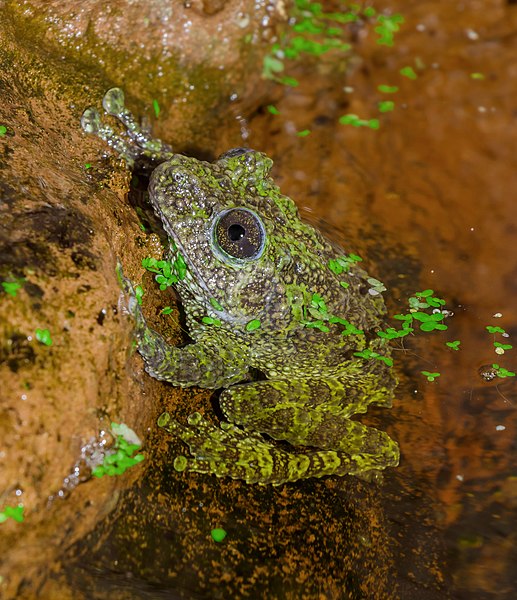
In the wetlands of northern Vietnam, researchers found a frog that blends perfectly with its mossy surroundings. The Vietnamese mossy frog’s camouflage is so effective that it was not identified as a separate species until the 1990s. Its ability to remain still for long periods helps it avoid predators. Found in shallow caves and streams, this frog’s discovery was an accidental byproduct of a broader ecological survey. Scientists were amazed by its adaptation to such a specific environment. It’s a stark reminder of how easily animals can be overlooked. Today, the frog is a focus of conservation efforts in Vietnam.
Pygmy Three-Toed Sloth in Panama

On a tiny island off the coast of Panama, the pygmy three-toed sloth was discovered in 2001. It’s one of the slowest animals in the world, and its small size makes it unique among sloths. Living in the mangrove forests of Isla Escudo de Veraguas, the pygmy three-toed sloth spends most of its life hanging from trees. Its remote island habitat contributed to its late discovery. Scientists were fascinated by how this tiny sloth has adapted to its isolated environment. Unfortunately, due to its limited range, the species is critically endangered. Conservationists are now working to protect the island’s delicate ecosystem, ensuring the survival of this rare animal.
Okapi in the Democratic Republic of Congo
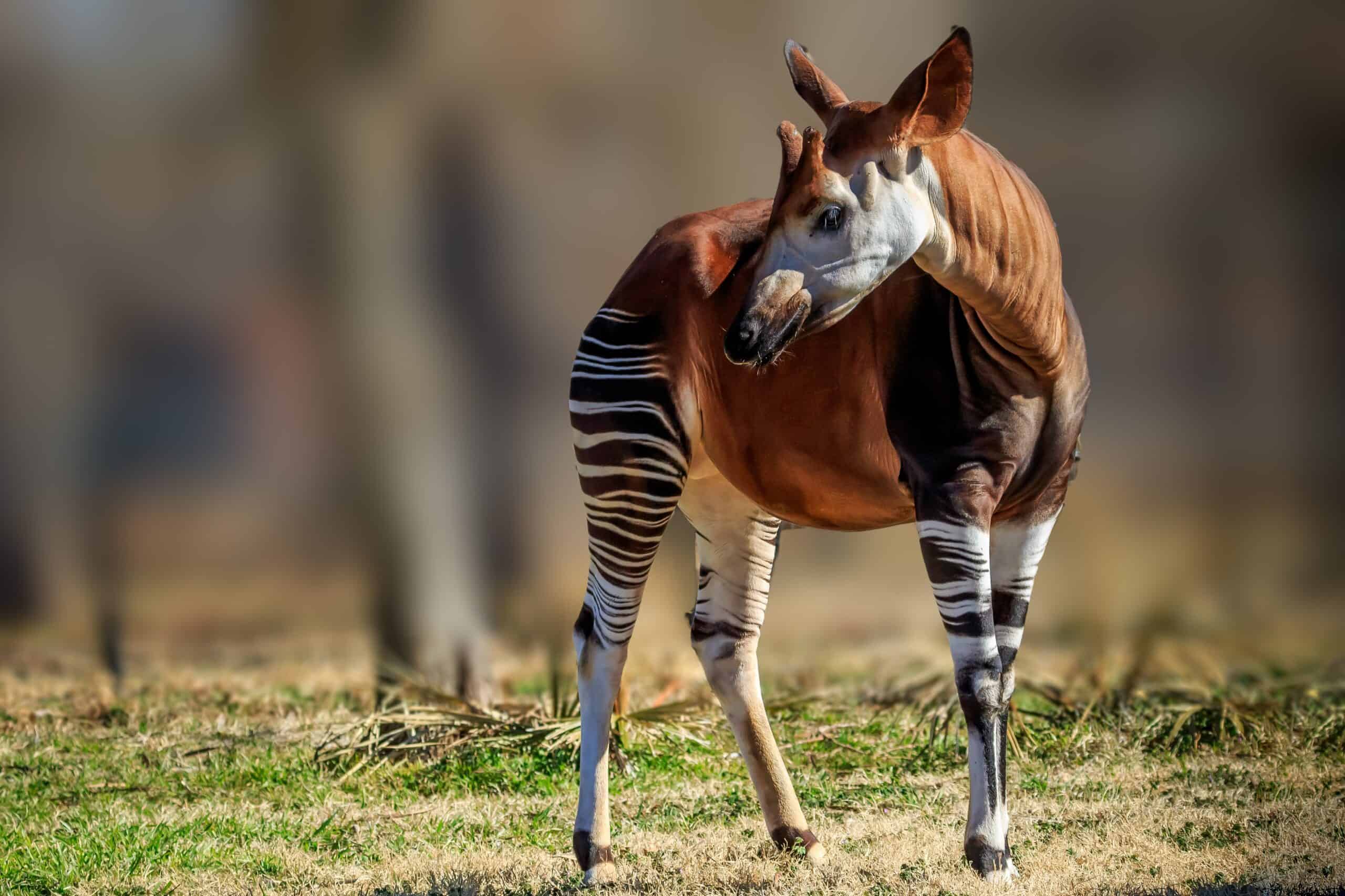
Deep within the Ituri Rainforest of the Democratic Republic of Congo, the okapi was first documented by Western scientists in 1901. Despite its zebra-like stripes, this rare mammal is actually more closely related to the giraffe. The okapi’s elusive nature and dense forest habitat helped it evade detection for centuries. Local tribes had known about the creature for generations, but it remained a mystery to the outside world. The okapi is a symbol of the hidden wonders that still exist in Earth’s most remote regions. Its discovery helped broaden our understanding of African biodiversity. Conservation efforts are ongoing to protect the okapi from habitat loss and poaching.
Sulawesi Civet in Indonesia
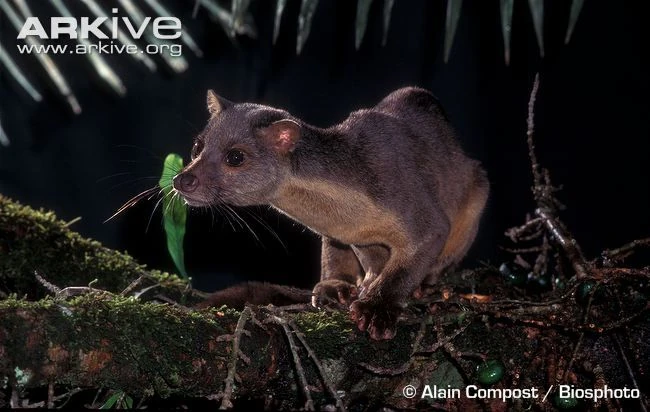
The Sulawesi civet, a nocturnal mammal found in the forests of Indonesia, was thought to be extinct until its rediscovery in the 1990s. This cat-like carnivore, also known as the Sulawesi palm civet, had not been observed for decades. Its reemergence in a remote area of the island was a surprise to researchers. The civet’s elusive behavior and dense forest home made it difficult to track. Scientists are now studying its habits to understand how it survived undetected for so long. The rediscovery has sparked renewed interest in other potentially “lost” species in Southeast Asia. Conservation efforts are now focused on protecting its forest habitat from deforestation.
Atlantic Wolffish in the North Atlantic
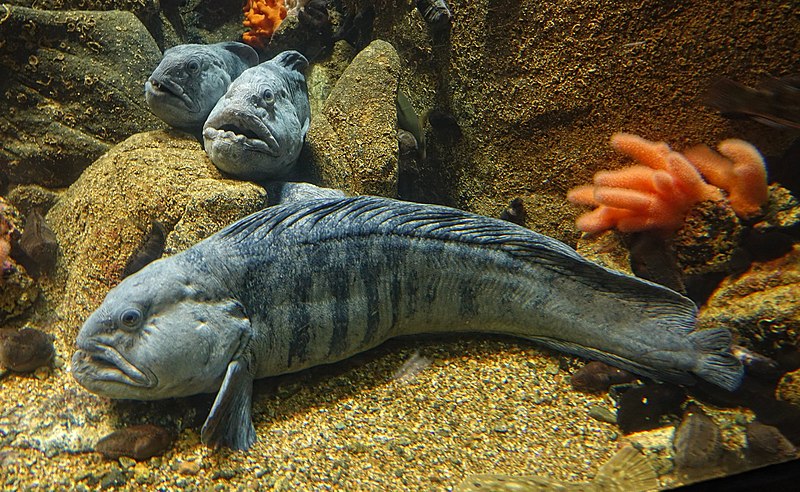
The Atlantic wolffish, a rare deep-sea predator, was rediscovered in waters off the coast of Iceland after being thought extinct. With its menacing appearance and powerful jaws, the wolffish is perfectly adapted to life in the deep, cold waters of the North Atlantic. It uses its teeth to crush the shells of crustaceans and mollusks, its primary food source. This fish had not been sighted for decades, leading scientists to believe it had disappeared. However, recent underwater surveys revealed a small, surviving population. The discovery has reignited interest in the species, and efforts are now being made to monitor its population more closely. Protecting the fragile ecosystems of the North Atlantic is key to the wolffish’s continued survival.
This article originally appeared on Rarest.org.
More From Rarest.Org
Hiking offers a chance to escape into nature and explore some of the most breathtaking landscapes the world has to offer. From towering mountain peaks to lush forests and serene coastlines, these trails wind through pristine environments, each offering its own unique beauty and challenge. Read more.
Nature is full of incredible and mysterious phenomena, and some of its most puzzling features come in the form of sounds. From deep ocean booms to strange hums heard in the skies, these unexplained noises have fascinated scientists for years. Read more.
Over the years, medical innovations have dramatically transformed the healthcare landscape, saving lives and improving the quality of care for millions. From life-saving treatments to revolutionary diagnostic tools, these breakthroughs have reshaped how we approach illness and injury. Read more.



